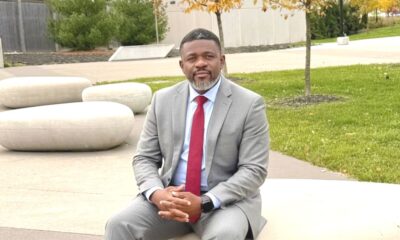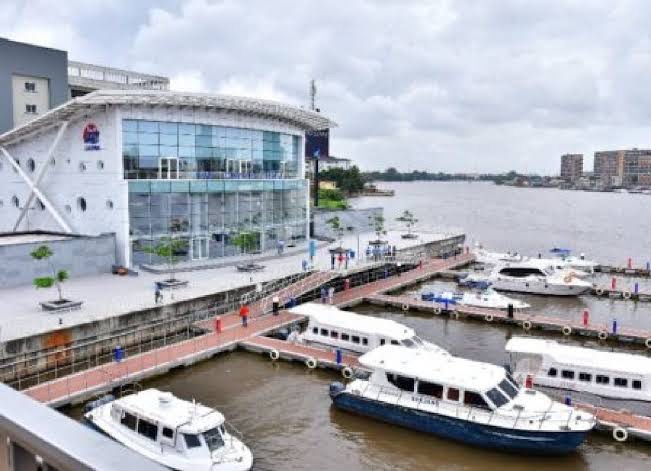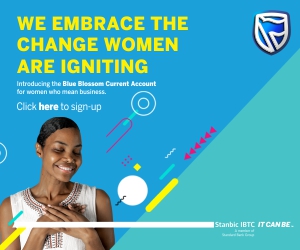GROpinion
[OPINION] Making Anambra Singapore – Taiwan-Dubai


As I write, the major parties are electing their candidates for the November 6, 2021, governorship election in Anambra State of Nigeria. Chukwuma Soludo, a professor of economics and former Governor of the Central Bank of Nigeria, has emerged the candidate for the ruling All Progressives Grand Alliance (APGA). In a matter of days, the other major parties will announce their candidates for what is an important election in a state that holds the promise of Nigeria’s economic and social development.
What does Anambra need to do to become what Nigeria has so far failed to be: a rich and stable economy?
Let us start with basic facts. Anambra has tremendous potential for development. It has the highest number of millionaires per capita anywhere in Africa. In terms of educational attainment, Anambra competes with the likes of Imo and Delta states for the winner of the prize of the best graduating students in the West African Senior School Certificate Examination every year. The state has the largest industrial capacity in Nigeria, perhaps after from Lagos State, Nigeria’s commercial capital.
Anambra has Onitsha main market, Africa’s biggest market, a commercial emporium that in the old days attracted traders from as far as Guinea and Senegal. Anambra’s open market is an open commercial arcade. Anambra is highly urbanized and could easily be another Dubai or the 200km Ruhr Industrial Valley in Germany. It is the state with the highest per capital asset base in Nigeria; Anambrarians are the least poor of Nigerians in actual terms.
But with huge financial and human capital stocks, Anambra is underperforming like Nigeria. The only difference is that unlike Anambra, Nigeria lacks the requisite capital stock per capita. Soludo, one of the state’s leading public intellectuals, in his previous electoral campaign championed the idea of turning Anambra into what he called ‘Singapore-Taiwan-Dubai.’ This phrase has become a political singsong in the state. As politicians jostle for the office of the chief executive of the state, it is time to contemplate how to turn rhetoric into reality.
In his book, ‘Fortune Favors the Bold: What We Must Do to Build a New and Lasting Global Prosperity (2003), MIT’s Lester Thurow argues that Nnewi, the industrial capital of Anambra, could become the technology hub in Africa that can drive Africa’s rising as an economic power. This prophesy is not yet fulfilled, and Anambra lies crumbled under the weight of institutional dysfunction and undisciplined and incoherent leadership.
What needs to be done for Anambra to fulfill its destiny and help lift Nigeria from economic and social morass? What does Anambra have and what does it need? What will make Anambra ‘Singapore-Taiwan-Dubai’, as its politicians boast?
In the 1960s and early 1970s, the mantra of the first-generation theories of economic growth was capital accumulation. The famous W. W. Rostow argued that the transition from underdeveloped to developed economy entailed ‘stages of growth.’ Building on the classical Harrod-Domar model, which was based on the Keynesian model, the Solow model said economic growth requires increase in saving and investment. Paul Romer propounded the second-generation theory that identified ideas as an extremely important economic good. For him, what differentiates poor and rich nations is the quality of ideas in their economic and social interactions. This is the concept of human capital which is represented by education, especially technology education and innovation.
Today, Anambra can boast of the rudiments of a technological and innovation economy. Innoson Motors and other technologists in Anambra tell a story of strong potential. This is what Lester Thurow saw when he predicted an African economic breakthrough in Nnewi.
But Anambra needs the right political choice to create what Douglas North in the third-generation theory of economic growth referred to as ‘institutions.’ In this view, economic development depends on the quality of institutions and not necessarily on resource endowment or capital accumulation. For North, institutions are “humanly devised constraints that structure political, economic, and social interactions.” These institutions include law, norms, procedures, and patterns of social behaviour.
Based on its financial and human capital, Anambra should roar. But it is not. It needs another kind of capital, which is ‘social capital’, to become what Thurlow predicted. It needs the kind of institutions that can convert these capitals into high quality goods and an ecosystem that enables creativity and innovation. Anambra needs good leadership; it needs transformative leaders that would build the right governance systems and norms. The Light of the Nation, as Anambra State is known by its slogan, needs what Lee Kuan Yew provided Singapore, and the type of leadership that Mohammed bin Rashid al Maktoum provides the UAE, to become Nigeria’s Singapore or Taiwan or Dubai.
The journey is long. It starts with Anambrarians making the right political choice on November 6. They have to elect a leader who can build a transforming team that will turn their accumulated capital and technical know-how to sustainable industrialization, entrench new social habits that reinforce productivity, bridle reckless individualism, and stabilize the polity.
Sadly, the past does not raise much hope this will happen. But we remain hopeful.
By Dr. Sam Amadi, a former Chairman of the Nigerian Electricity Regulatory Commission, is the Director of Abuja School of Social and Political Thoughts.
-



 News5 days ago
News5 days agoNiger State Attack: Mohamed Malick Fall Calls for Protection of Civilians, Schools
-



 Startups4 days ago
Startups4 days agoMGX Research Founder Nnaemeka Ani Outlines a New Era of African Innovation
-



 GRPolitics3 days ago
GRPolitics3 days agoINEC Clarifies Claims on Labour Party Access Code for 2026 FCT Area Council Elections
-



 News3 days ago
News3 days agoKidnappers kill Abuja-based Lawyer Princess Nwamaka Chigbo







